Lion populations are urgently threatened by habitat loss and human persecution. Researchers from ALERT, a non-governmental organisation, are taking steps to assure the species' future.
Illustration by Kirsty Ventura
In a fenced reserve in Zambia's Dambwa Forest, a mere 14 km from the majestic Victoria Falls, live a pride of lions. The pride consist of six adults — one male and five females — and their six sub-adult offspring, aged 3 to 3.5 years old.
As a researcher for the African Lion and Environmental Research Trust (ALERT), a non-governmental organisation, I use telemetry to locate and monitor the lions within the 707 acre reserve. I study the pride many times a week, and each time I am joined by a trained lion handler, volunteers and interns.
Observing the pride so frequently presents a unique opportunity to understand the personality of each lion. In terms of their behavioural tendencies, each lion is different. Zulu, the dominant male, is often found lying flat, fast asleep, or sitting up and watching birds, while Loma, an adult female, is usually doing ‘lion yoga’ where she lies on her back and has one of her back legs sticking straight up into the air. The eldest sub-adult male, RS2, is quickly becoming more like his father in size and behaviour, whilst the youngest members of the pride are still quite playful and mischievous, despite turning three on January 30 this year.
When you think of Africa, the image of open grass plains with a pride of resting lions and herds of wildebeest and zebra in the background must spring to mind. It is hard to imagine Africa with no lions; however, this could occur within the next 20 to 50 years. Unknown to most, African lion populations have fallen severely in the past 21 years, with the International Union for the Conservation of Nature (IUCN) estimating a 43% decline. Currently, African lion populations are thought to be around 20,000. If this trend of decline continues, soon the king of beasts will cease to exist.
The largest contributing factor to these declines is Africa’s increasing human population. Feeding this population requires more land for agriculture and infrastructure, resulting in deforestation and land clearing. As social apex predators, lions require large territories of up to 1,002 square km, depending on the habitat and prey availability. When natural areas are cleared for human use, this reduces suitable habitat and depletes the availability of prey, ultimately impacting all flora and fauna species.
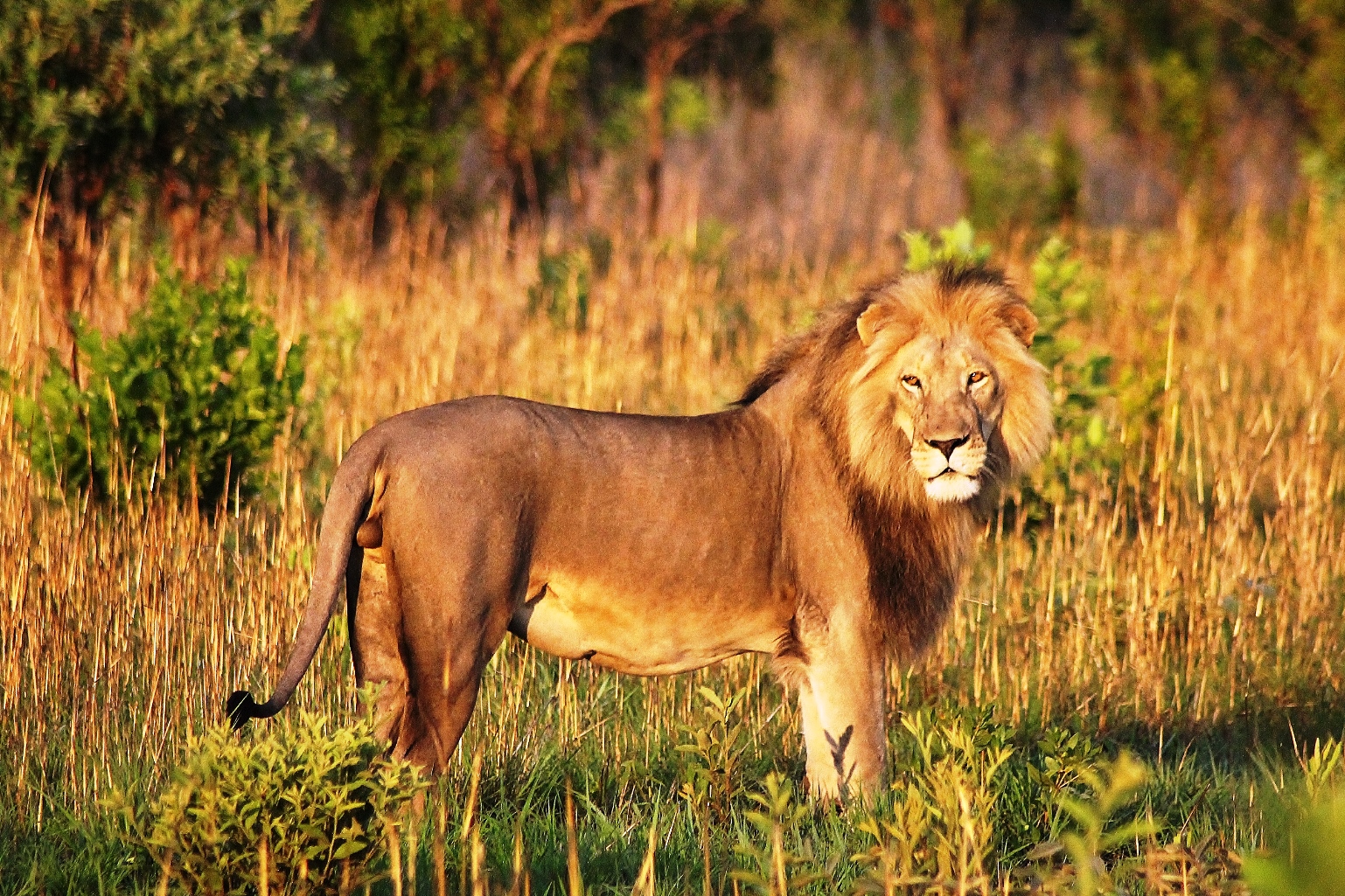

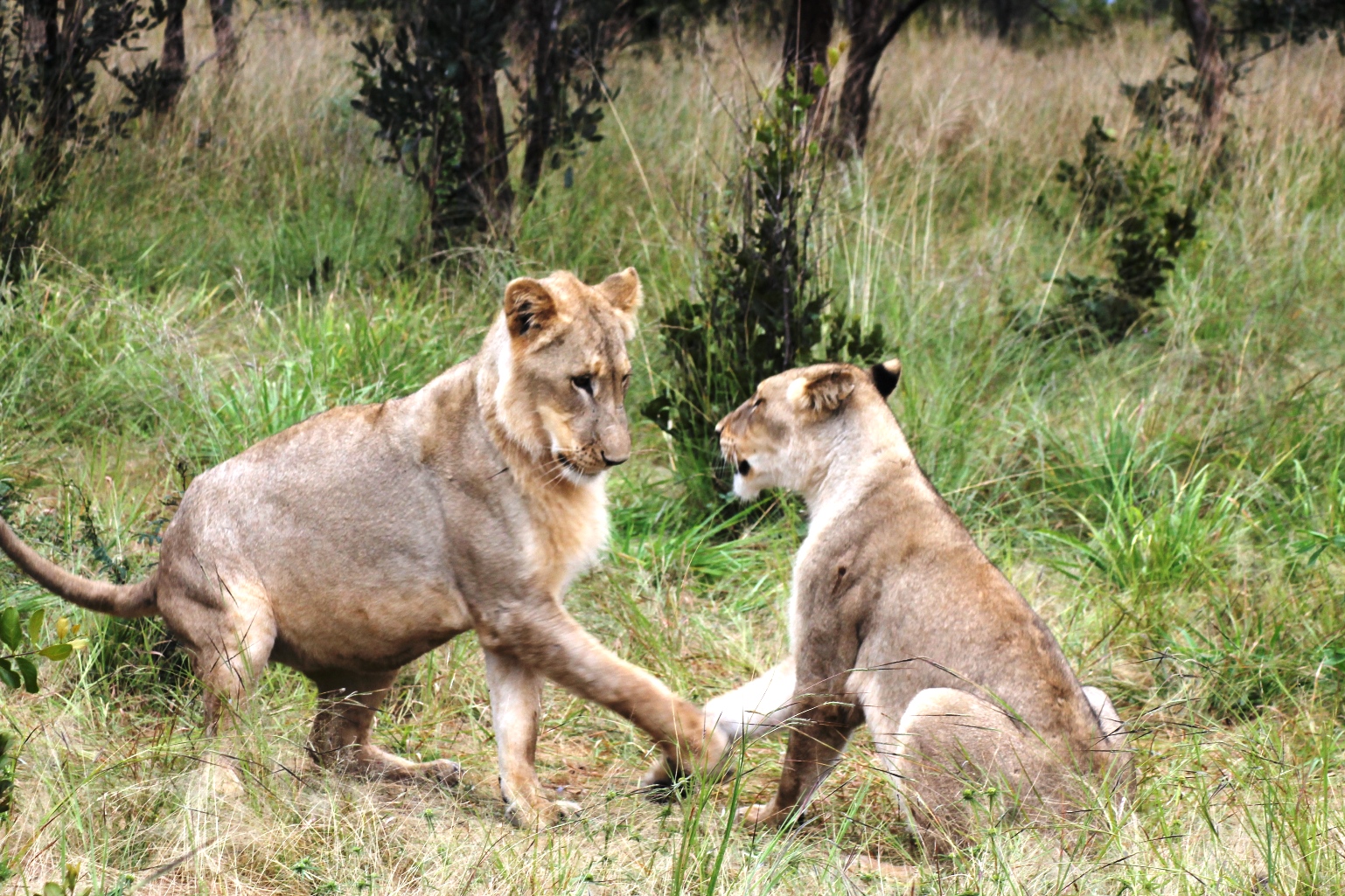
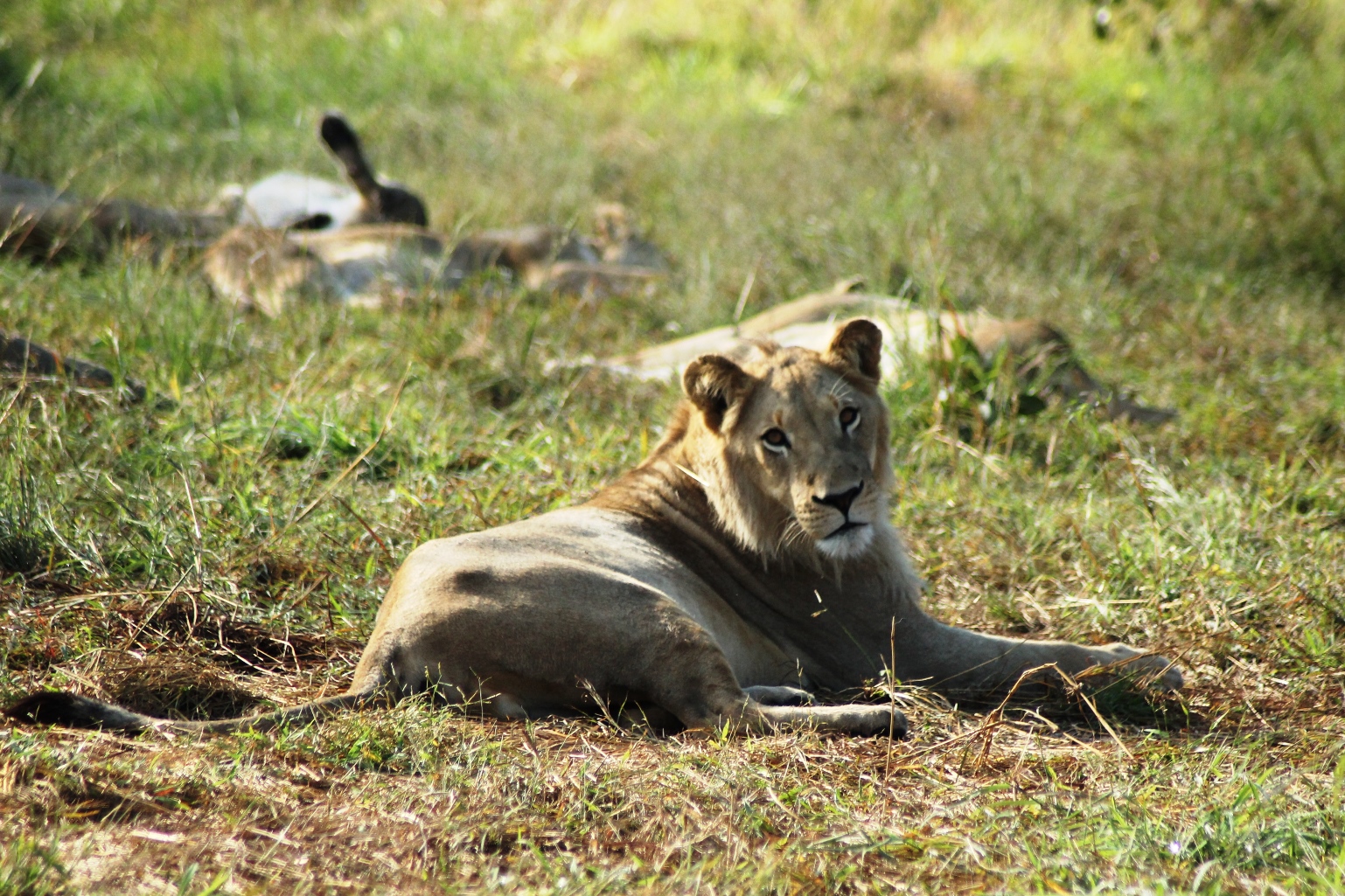
Historically, lions have also been a subject of human-animal conflict. Local communities kill lions for various reasons, including revenge for the loss of livestock, prevention of threats to human life, or as part of ceremonial traditions.
The hunting of lions by wealthy westerners and the use of body parts within traditional Asian medicine is also becoming a concern. Most people have heard about the hunting of Cecil the lion back in 2015. Africa has a long history of attracting hunters from all over the world, promising large exotic trophies. Whether conducted legally or illegally, hunting that is not monitored and sustainable threatens wild populations. If hunting occurs at high levels within a population, the constant removal of large dominant males can cause high infant mortality, generation gaps and reduced genetic diversity. The canned hunting industry, where lions are captive bred to be hunted, could increase demand for wild hunts and lion products.
In traditional Asian medicine, tiger bones are used in wine; however, as tiger populations plummet, this illegal industry is now turning to lion bones. With demand from Asian medicine already pushing rhino populations to the brink of extinction, we need to do everything possible to prevent this from happening to lions.
Through all this doom and gloom, there are many dedicated researchers and organisations across Africa searching for ways to conserve and protect lions. Conservation programs are diverse and vary from country to country, but a continental approach is required.
ALERT, the organisation with which I am involved, has developed an ex situ program which aims to supplement existing programs that are protecting wild populations. In ex-situ reintroduction, captive animals are released into the wild to supplement or re-establish populations. This approach, according to the IUCN, “may be critical in preventing species extinction when wild population decline is steep and the chance of sufficiently rapid reduction of primary threats is slim or uncertain or has been inadequately successful to date”.
ALERT’s lions go through a rigorously designed program, from captivity to the wild. The 'rehabilitation' phase involves cubs born in captivity undergoing human-led walking into game reserves or national parks, enabling them to develop natural instincts and hunting behaviours. During these walks, cubs are not only exposed to complex natural environments that support cognitive development, but also kept in groups to facilitate social play and hunting. During this phase of the program, successful hunts have been recorded for many lions.

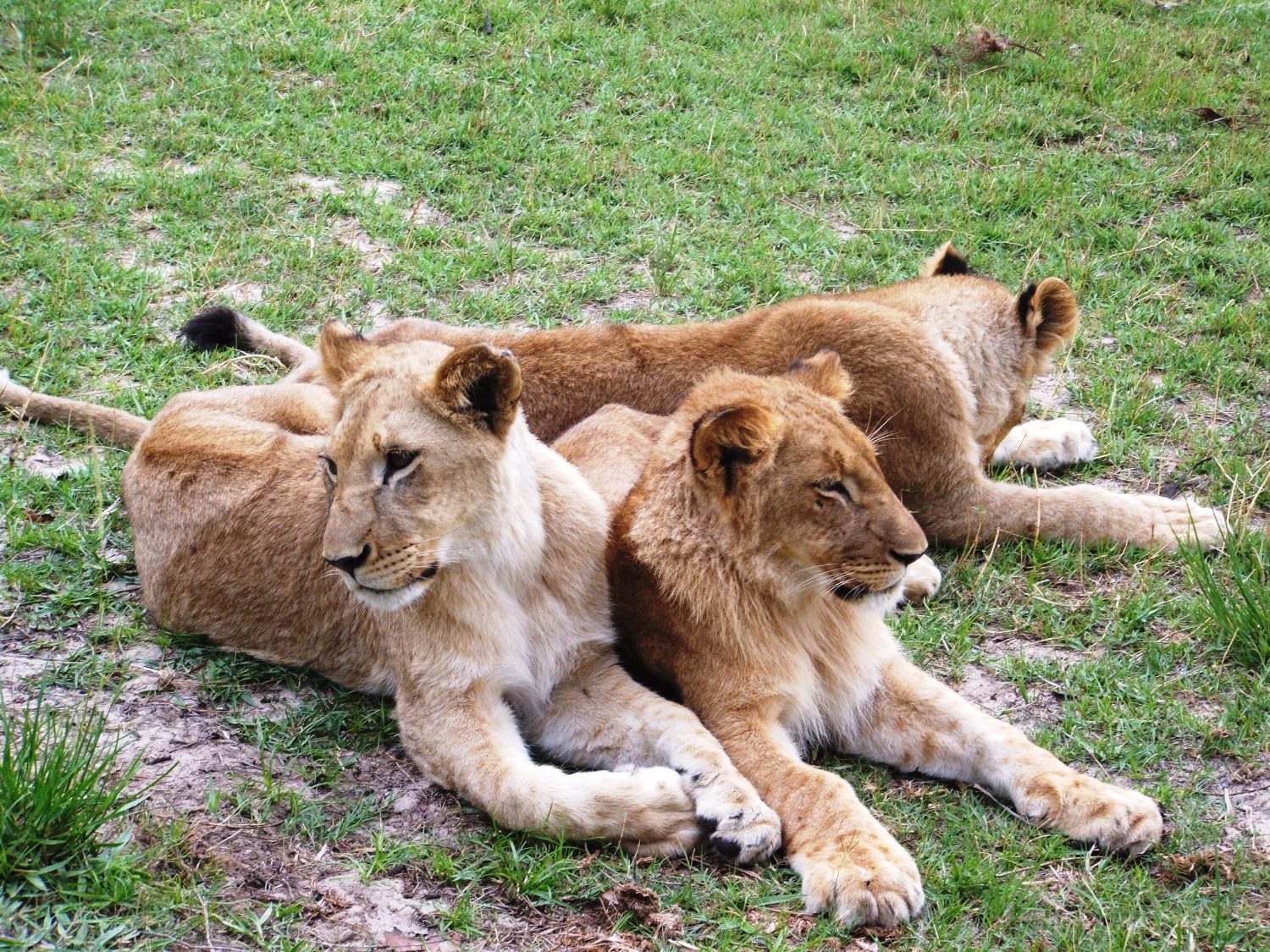

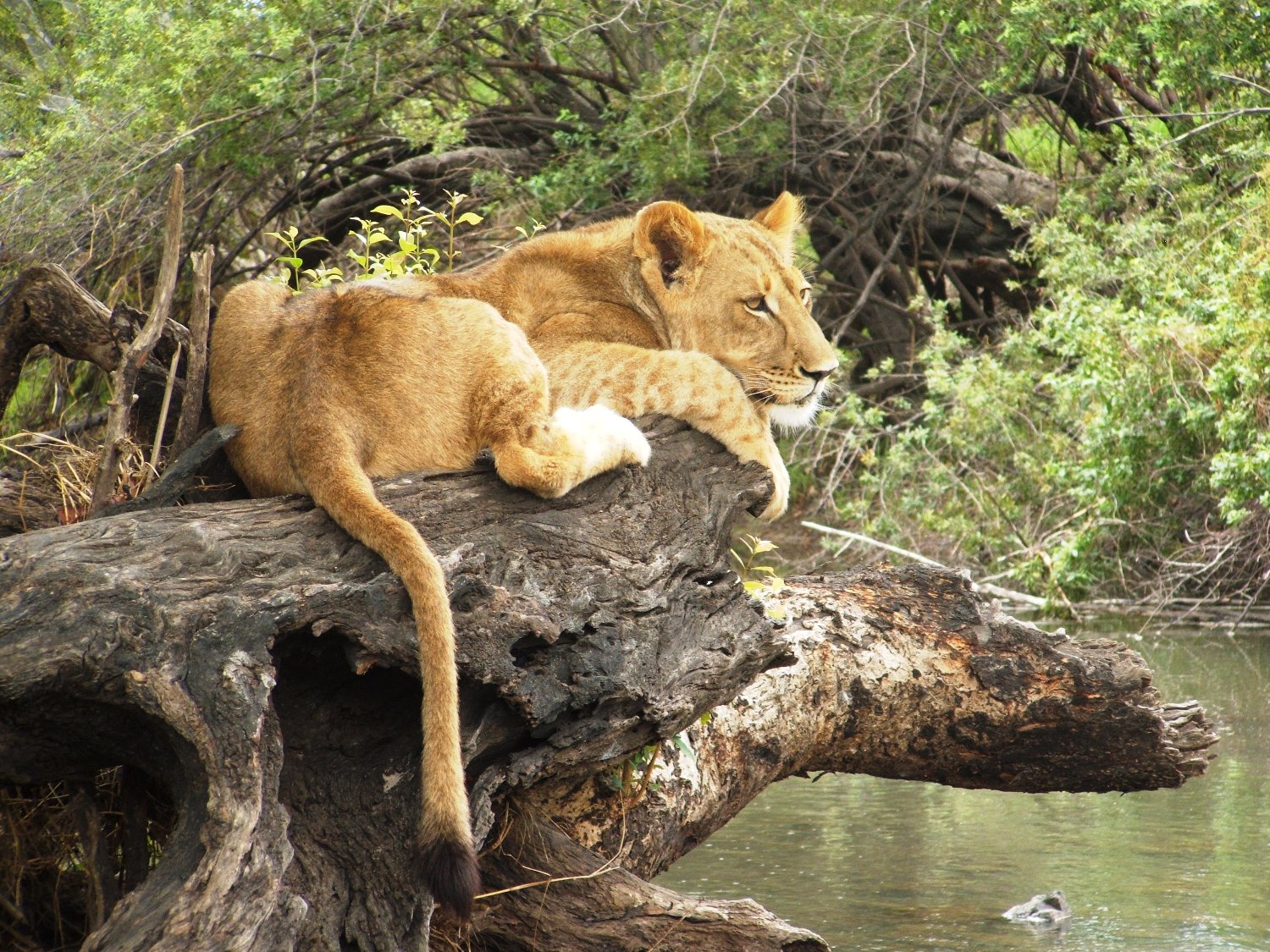
Lions then enter a 'release' phase, where prides are released into fenced managed reserves containing prey populations, allowing the pride to function naturally. Within these reserves, lions exhibit natural pride behaviour, with their daily activity, and social, hunting and territorial behaviours reflecting those observed for wild prides.
Currently, ALERT has two lion prides at this stage of the program, one of which is the Dambwa pride that I research. The adults — Zulu, Loma, Rusha, Kela and Kwandi — were released into their fenced reserve in 2011. Cubs born into these prides are raised naturally and without any human interference. The Dambwa pride have had two litters of cubs. The first litter, consisting of two females and one male, was born on June 30, 2013, to female Rusha. The second litter was born on January 30, 2014, and comprised two males and one female.
Once of an appropriate age, lions born in the release phase will be subjects used in the 'reintroduction' phase. This involves their translocation as prides or coalitions into reserves seeking to restore lost or augment declining lion populations.
Long-term monitoring of ALERT’s two prides is conducted by trained research technicians. We monitor prides almost daily during the release phase, collecting information on activity and social, territorial and hunting behaviour. This allows us to compare the prides’ behaviour to those of wild lions, to show that they function naturally despite the adults having been raised in captivity.
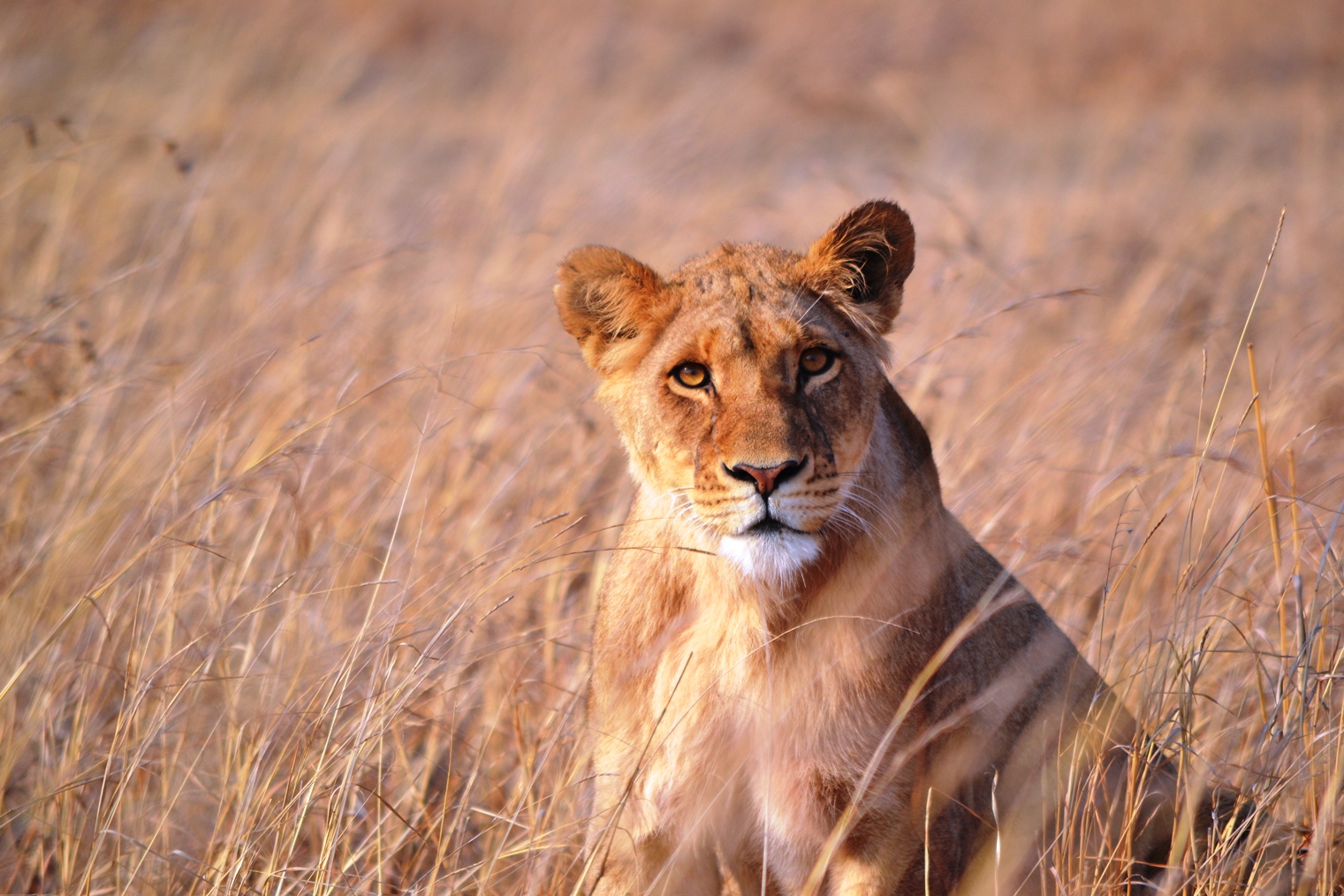
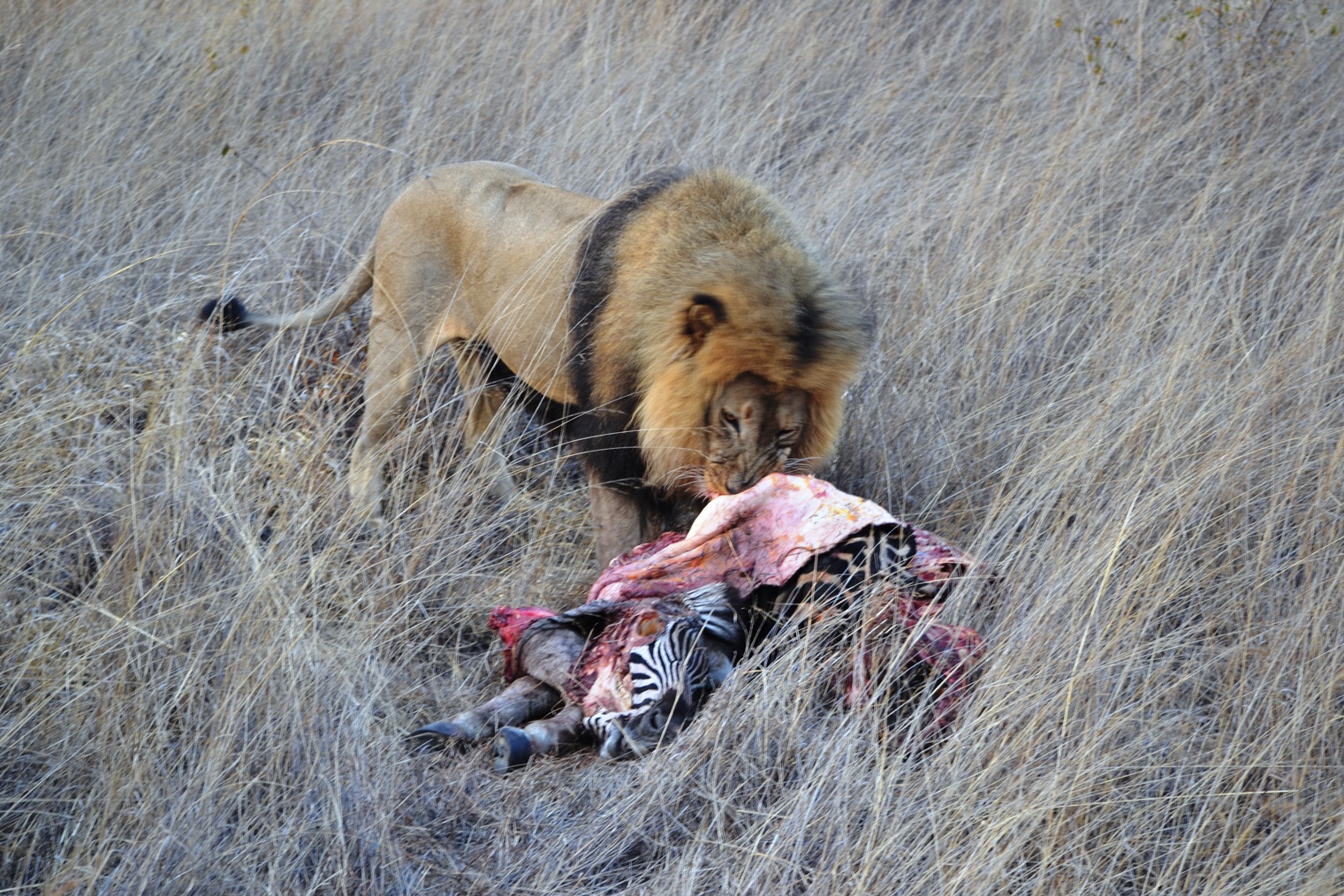
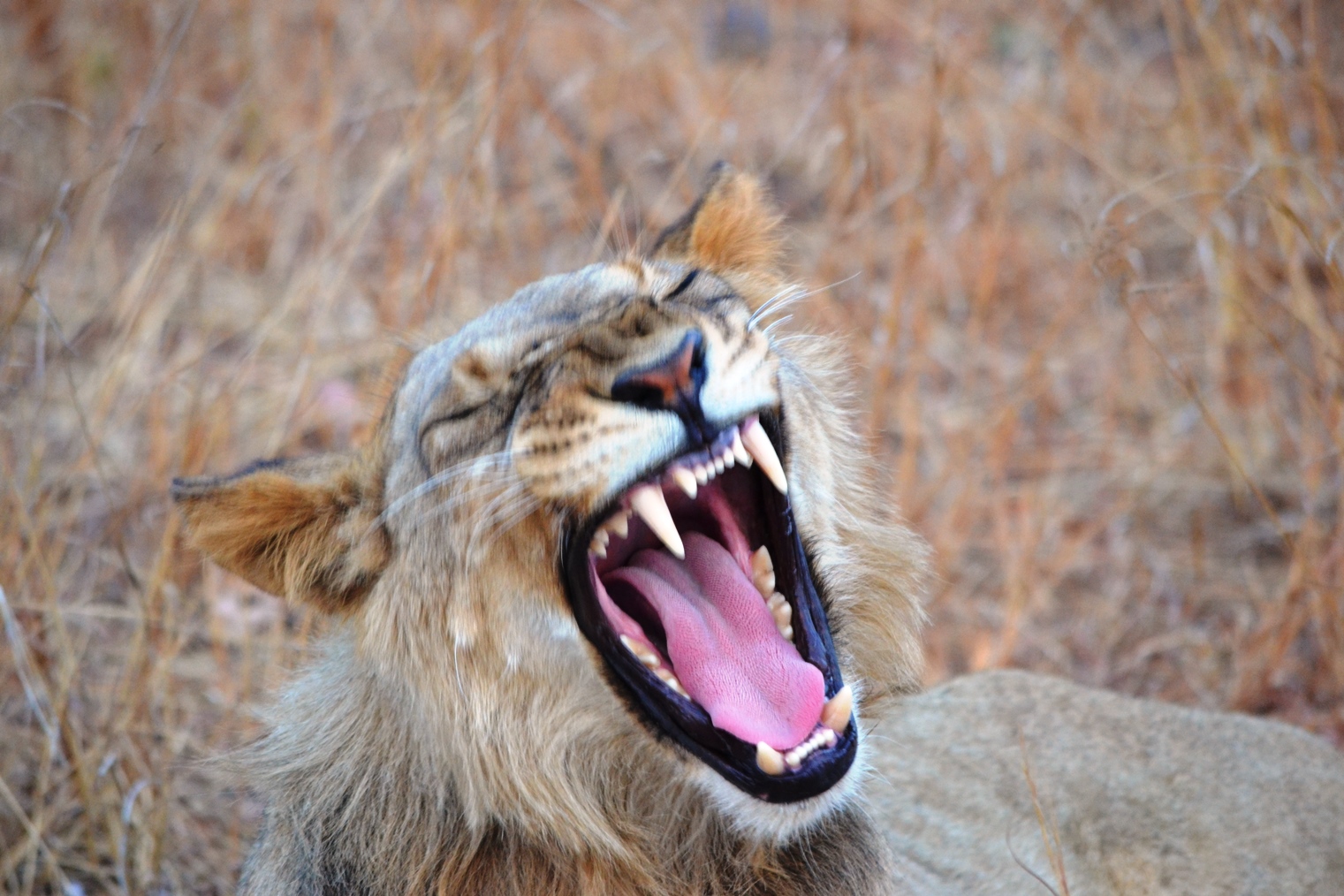
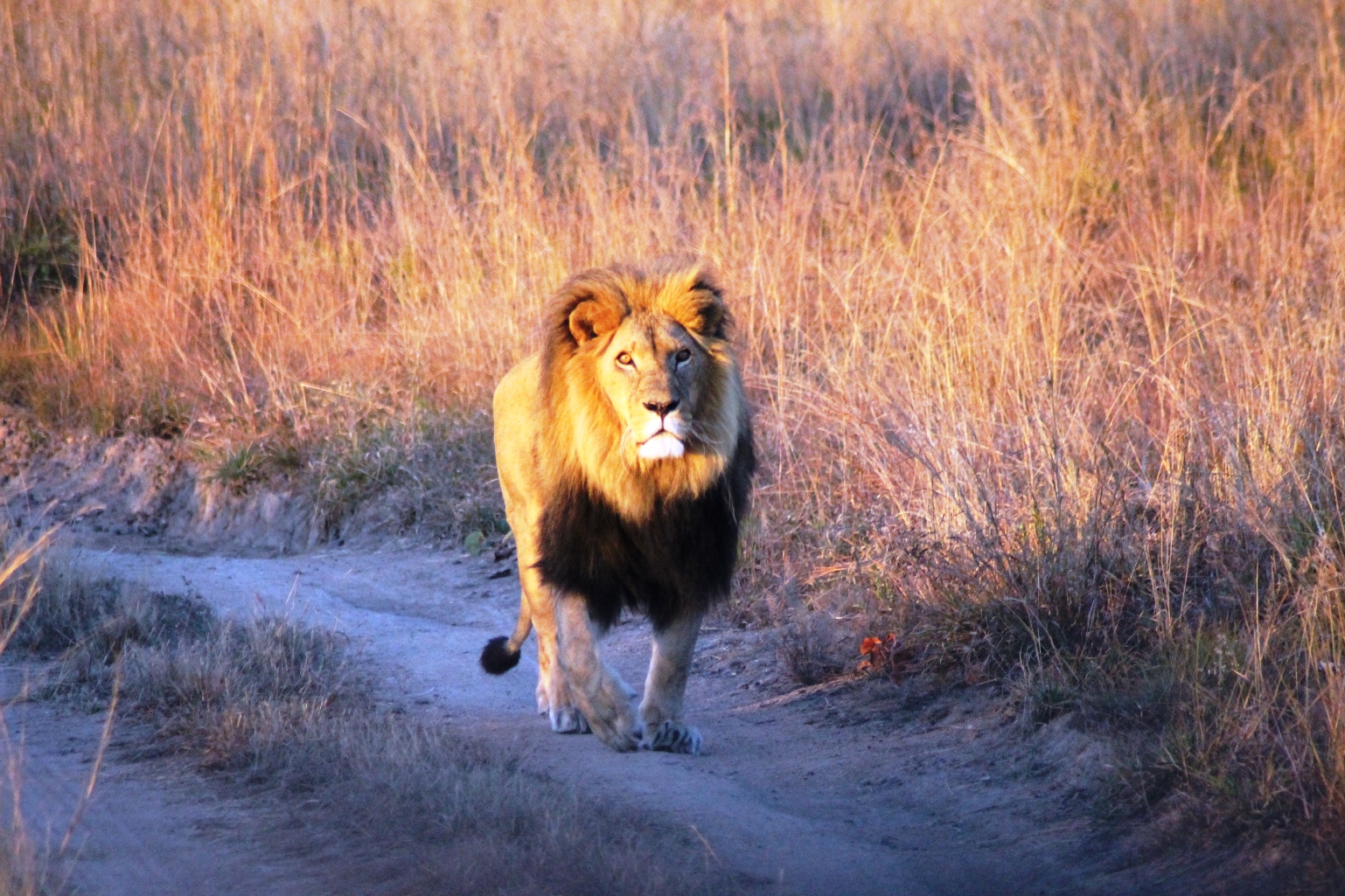
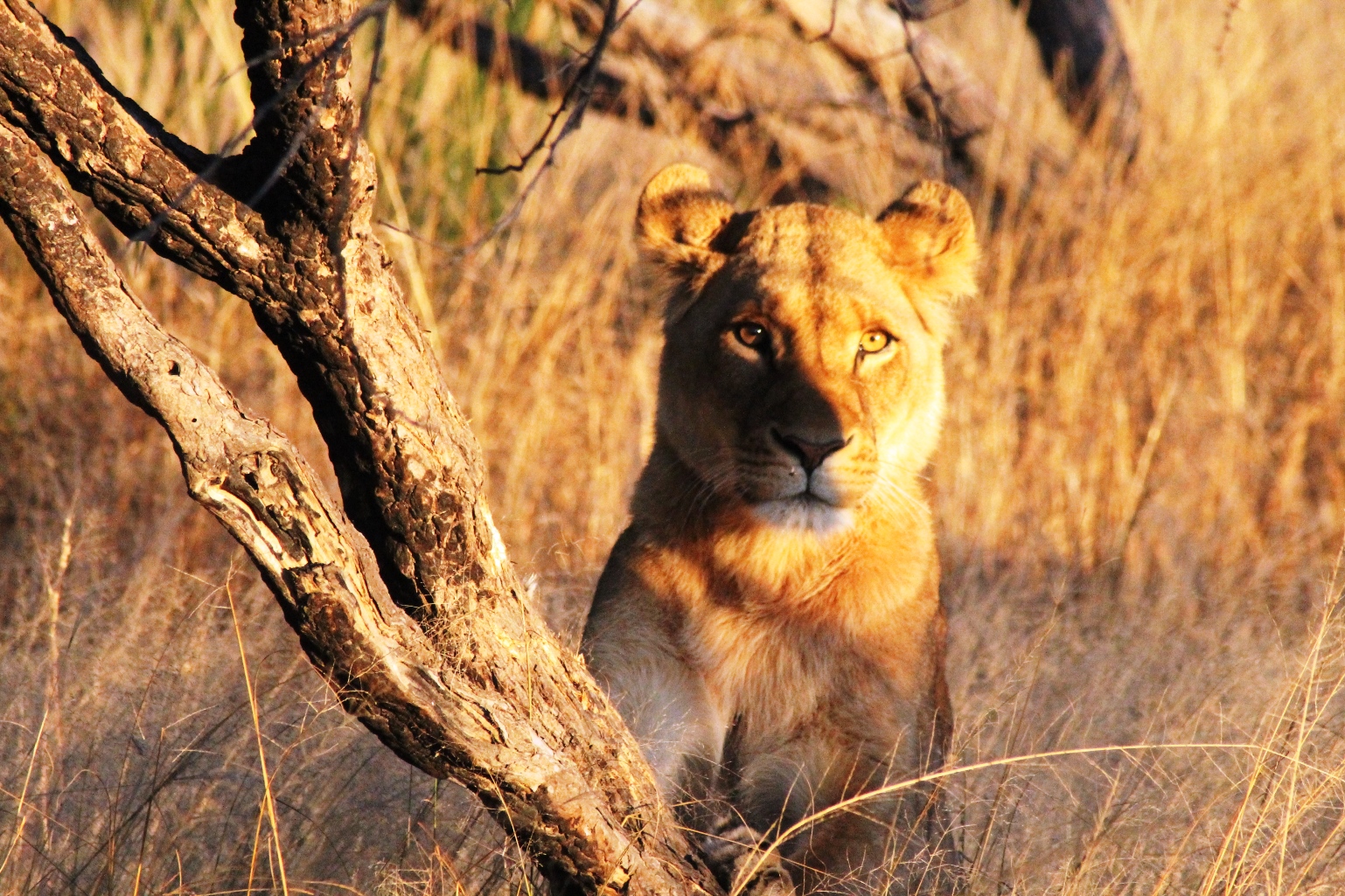
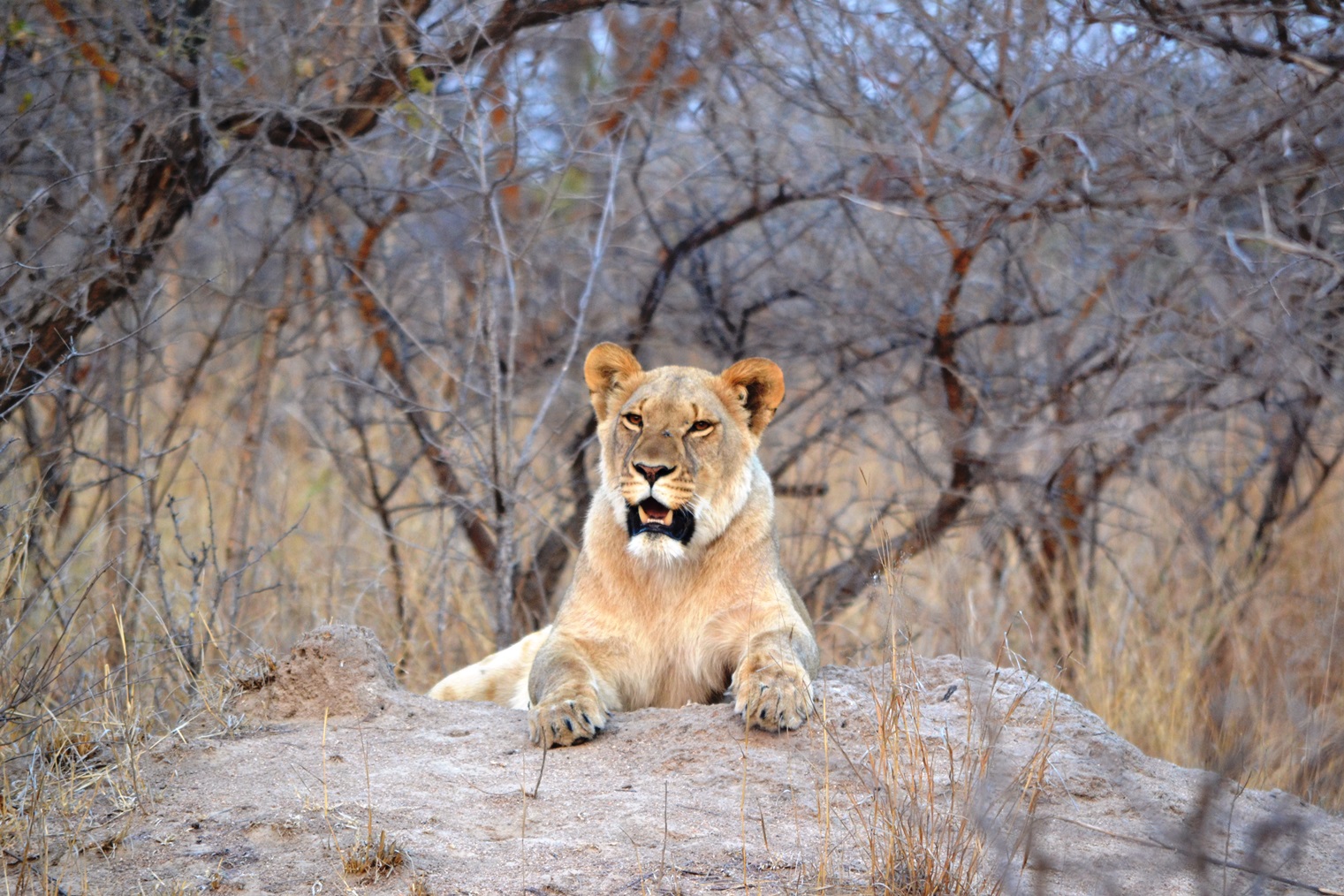
We are currently studying personality in the Dambwa pride lions, aiming to uncover whether there are specific behavioural traits that result in a cohesive pride. Along with the recording of all aspects of behaviours, we do this by conducting boldness tests. These involve playing animal recordings — unfamiliar lions, competitive species such as hyena and leopard, or game species such as zebra and wildebeest — through a speaker. The lions’ responses are assigned positive or negative values, depending on whether the behaviour is considered bold, unresponsive or fearful.
At the completion of each test, we calculate a boldness score per lion, which is then correlated with data on daily activity and social, territorial and hunting behaviour. From this, we can establish links between behaviours, providing us invaluable information on the specific components required for a successful pride. We may also be able to determine whether individual boldness impacts the survival rates of lions later released into the wild.
We study the lions extensively throughout all phases of the program. However, successful lion conservation is not only about the lion, but also the ecosystems within which they exist and the human communities that surround their territories.
“ALERT adopts a multi-disciplinary approach to recognise that local communities must benefit from lions for successful conservation,” says Jackie Abell, ALERT’s Director of Research. “To that end, our research is appropriately and rigorously designed, implemented and assessed with relevant stakeholders so that those benefits are delivered to both people and lions".
ALERT has implemented various community programs, assisting in the education of local schoolchildren in English, the national language for Zambia and Zimbabwe, and conservation education, teaching the next generation about the importance of protecting natural areas.
“We must create solutions to help humans and lions to live alongside one another, but we can only succeed in the long term if the people of Africa want to live alongside lions,” says David Youldon, ALERT’s Director. “What will create the motivation for such co-existence? If people can benefit from the presence of wildlife, they will be more willing to live with it and protect it. This principle is at the core of ALERT’s approach to conservation.”
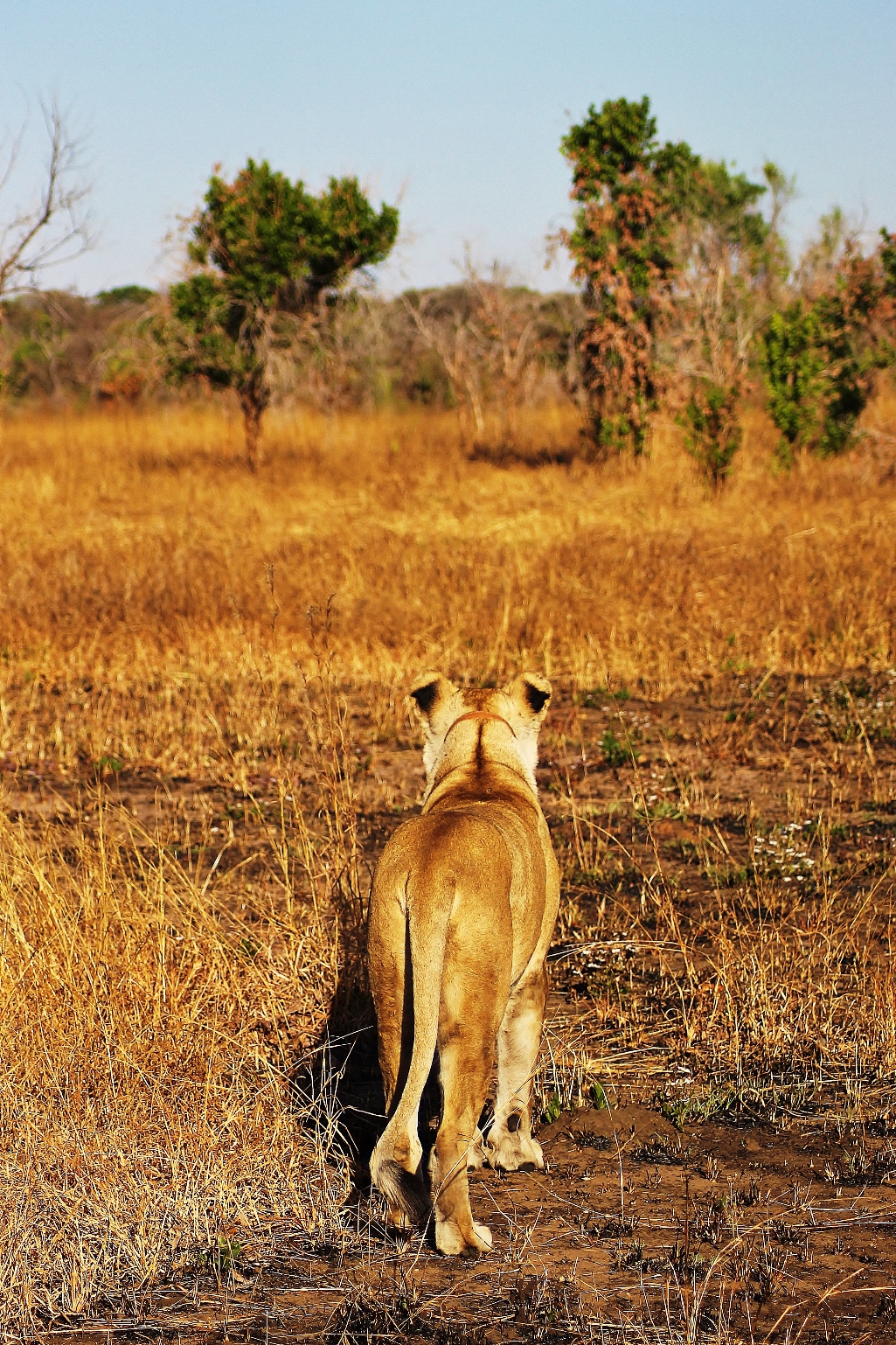
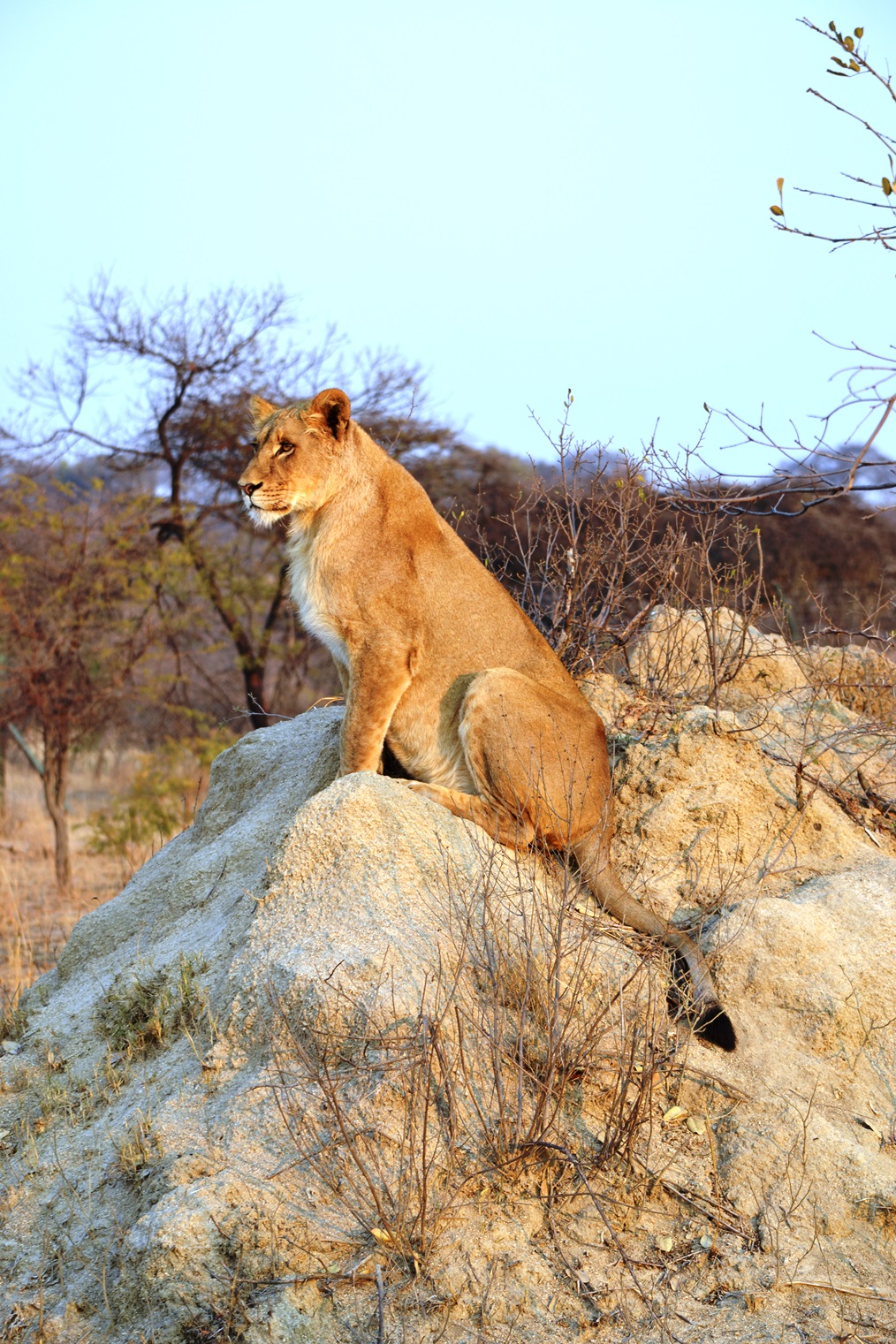
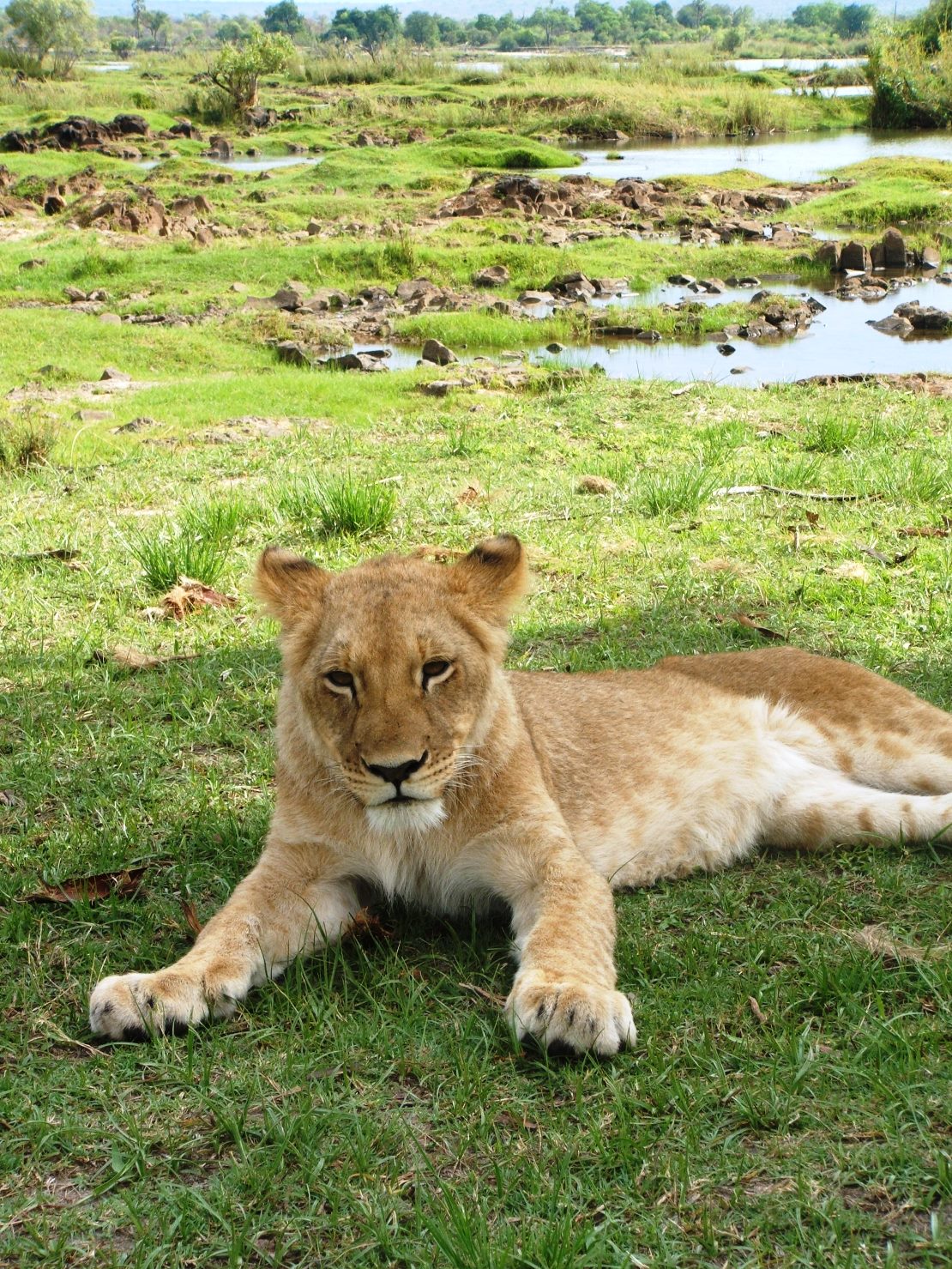
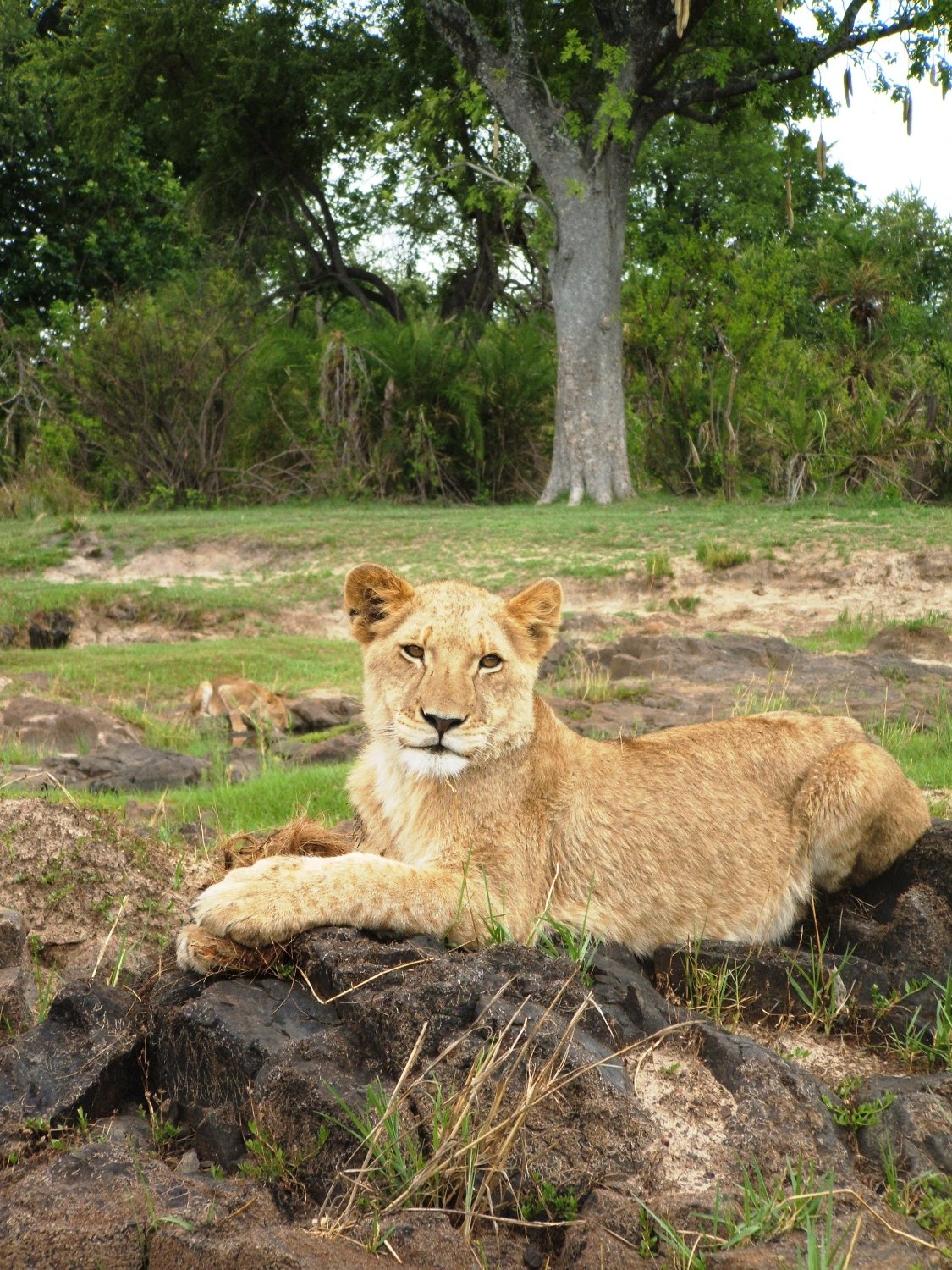
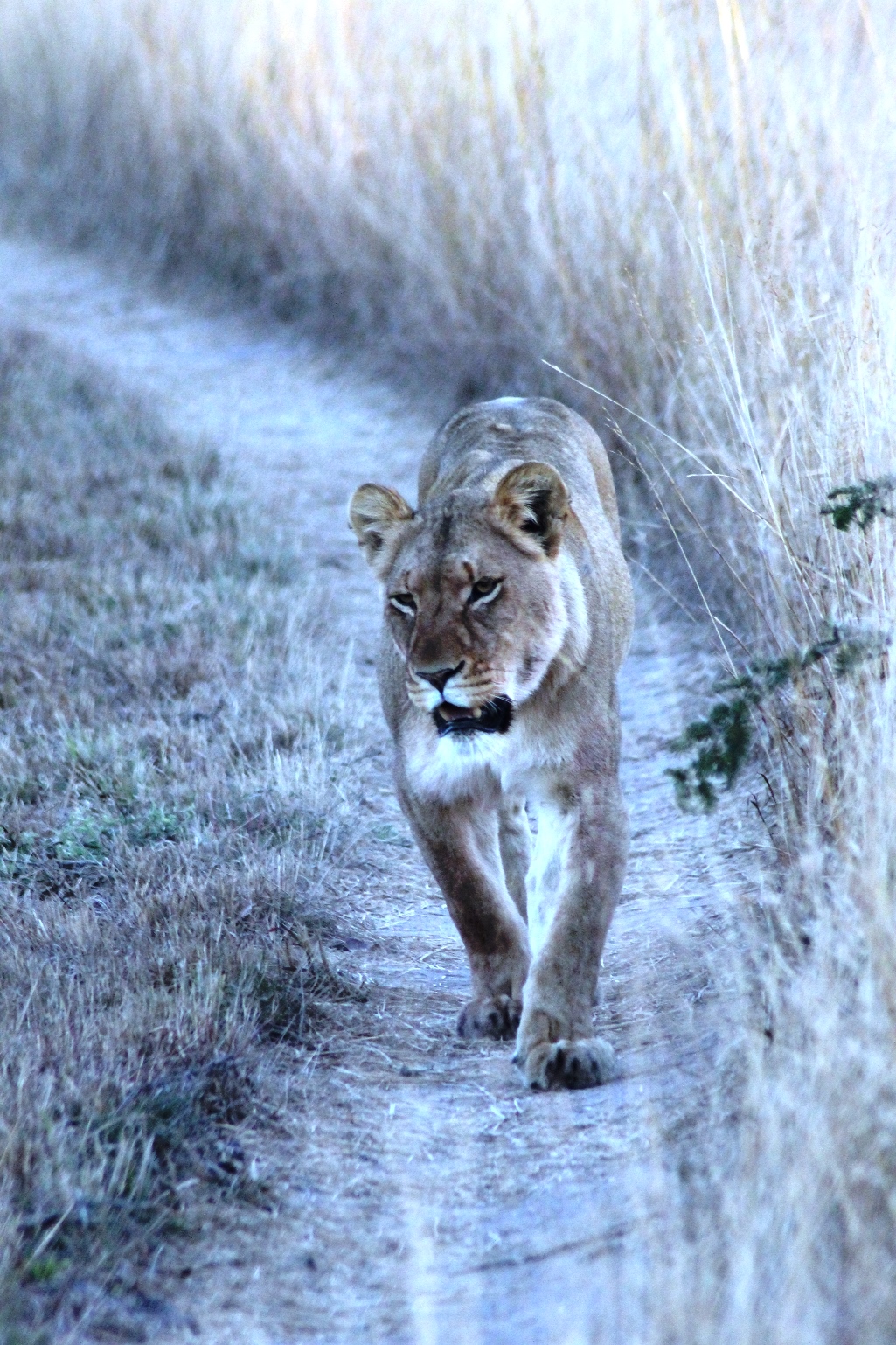
How can you help protect lions? Just like a small stone that makes big ripples when thrown into a pond, the smallest contribution can help conserve this, and other, threatened species. Even just communicating with your friends and family about the status of the African lion helps. Firstly, ensure you obtain facts derived from reputable and scientific sources, such as the African Wildlife Foundation, BBC Nature, Panthera and iSpot.
Many organisations rely upon donations; however, you should first research the program to ensure that your contribution goes to reputable conservation programs. This is also important when considering volunteering or interning with an overseas program. Programs that focus upon species conservation should have well designed and defined program aims. Read reviews from, or contact, past volunteers. You can also search for suitable programs through reputable booking agents, such as African Impact. Such booking agents will have strict guidelines, in terms of program objectives and volunteer facilities, which organisations must meet prior to receiving volunteers.
If you can do so, volunteering at conservation programs is highly rewarding. Not only can you contribute to the conservation of a species, but the life experiences will stay with you for the rest of your life. Go with an open head and heart, and, if you go to Africa, you are likely to fall in love with the people, animals and country, just as I did.
Having the opportunity to observe a lion pride within a natural area is truly relaxing and inspiring. Whether the pride are playing, eating or resting, they provide magical moments every time we see them. Truly, there is no better way to spend the early morning or sunset than in the company of a lion pride.
Emma Dunston is a researcher for the African Lion and Environmental Research Trust (ALERT). Edited by Andrew Katsis and Sara Paradowski.






























































